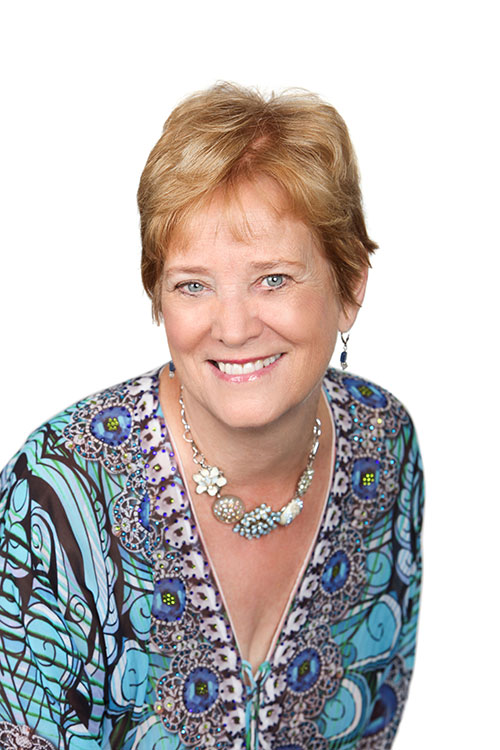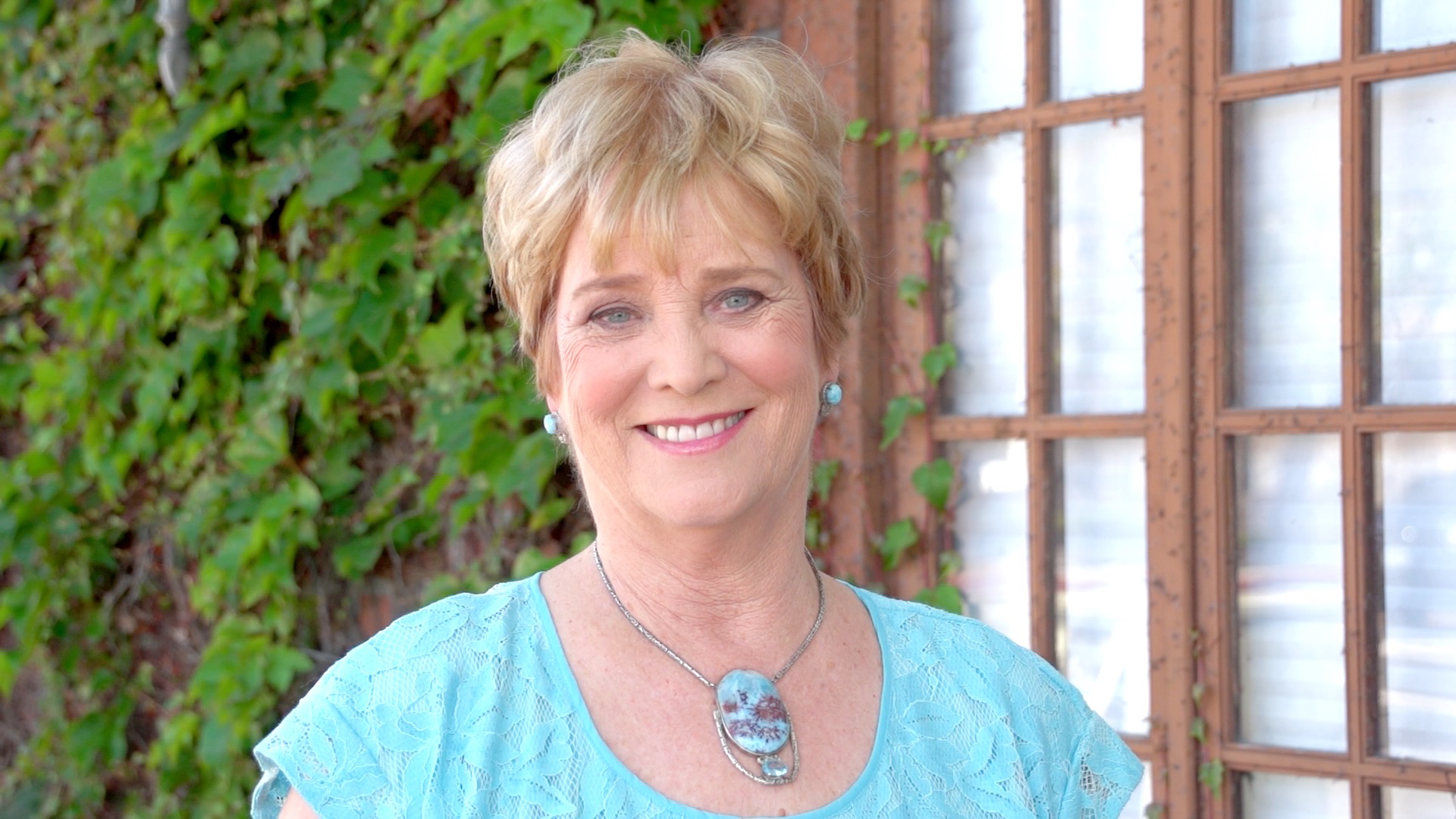One of the wonderful ways we as parents can guide our children is to encourage them to express themselves. From a very young age children communicate with their emotions. When a baby cries she is communicating with her feelings about what is bothering her. We respond and take care of her needs.
The Healing Power of Our Children’s Words
As a child grows new forms of expression evolve. She may have an emotional meltdown or a temper tantrum. She may say ‘no’ to everything you ask her to do. She is using her emotions the only way she knows how. It’s as if it erupts in her and she gets angry. As parents this is an opportunity to reach her in a surprising manner. Though the child needs reasonable limits like “Don’t hurt or hit anyone,” “If you hurt someone then you have to go to time out.” Along with these guidelines she also needs a way to communicate to you so she will be heard.
If she is not hurting herself or anyone else, but she’ crying or angry, you can help her with her words. For example here’s a sample dialogue:
Adult:
“Use your words and tell me what you’re angry about and I’ll help you.”
“What is making you mad?”
“You’re mad because________________________? What made you mad?”
“What are you feeling? Are you hurt inside, sad, scared?
Child:
“I’m mad that you won’t let me stay up late.”
“I’m mad that my brother gets to do things and I can’t.”
These may not be the real reasons at all, but keep listening anyway. Try not to agree or disagree with your child but instead help them keep talking.
Adult:
“You don’t like it when I tell you what to do.”
“You wish you could do all the things your older brother can do.”
You are trying to reflect the feelings and the underlying or internal motivations for your child’s discontent.
Child:
“Yes, I want to go to bed when I want to.”
“Yeah, it’s not fair that he gets to do things and I can’t.”
The child is trying to get some control in her life, which often only aggravates us adults. Remember you are the adult and still make the rules, but you are also a guide for your child’s words.
Adult:
“What can you do to make yourself feel better?”
“Do you want to draw a picture of your feelings or scream into a pillow?”
You are attempting to get the child to “shift” out of her mood. You as a parent are showing her that you believe in her ability to problem solve.
Child:
“I don’t want to feel better. I’m still really mad. It’s not fair.”
“I don’t want to do those things, but will you play a game with me?”
The child needs to express her initiative. It gives her a sense of herself. She is learning that she has a voice even though it wasn’t what she initially wanted. Giving the child some control or just letting them have their feelings gives them confidence.
In my book, Turning the Hourglass: Children’s Therapeutic Passage Through Traumas and Past Lives I speak more about the healing power of actively listening to children. It takes some practice to actively listen to a child without trying to manipulate their reality. Believe in yourself and you can do it!




Trackbacks/Pingbacks